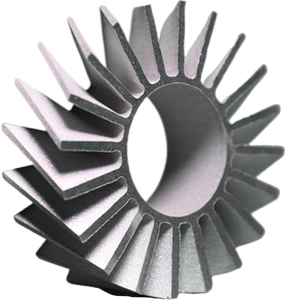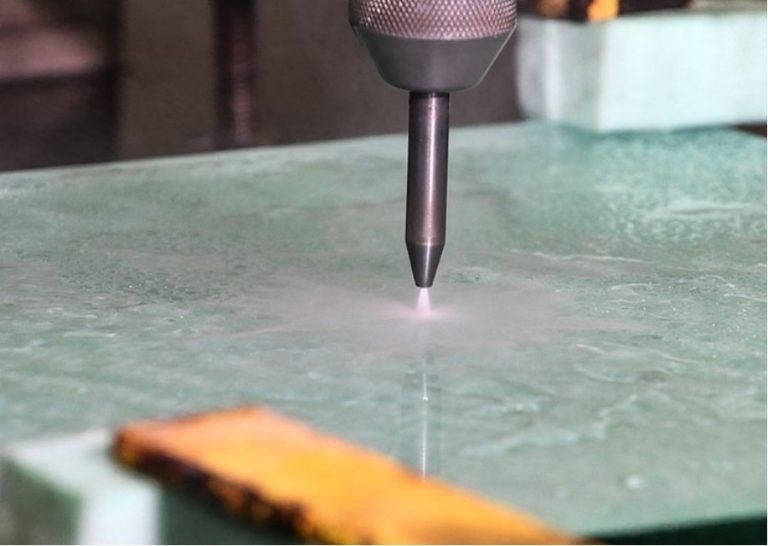
Design Tips of Waterjet Cutting
Design the parts with straight lines or gentle curves, avoid sharp corners or tight radii, and optimize nesting to minimize material waste and cutting time.
> 3-Day Lightning Delivery
> North America’s Top 10 One-stop Solutions
> 75+ Choices of Materials
Design Tips of Waterjet Cutting

Tip 1: Mind the Kerf
The kerf is the width of the cut made by the waterjet stream. Unlike other cutting methods, waterjet cutting doesn’t produce a lot of material waste, but the kerf can vary depending on the material being cut and the thickness of the material. When designing for waterjet cutting, it’s important to keep the kerf in mind and adjust the dimensions of the part accordingly.
Tip 2: Avoid Sharp Corners
Like with CNC milling and laser cutting, sharp corners can be problematic when designing for waterjet cutting. The waterjet stream has to slow down to make sharp turns, which can lead to a loss of precision in the cut. To avoid this problem, it’s best to design parts with rounded corners, which will allow the waterjet stream to maintain a more consistent speed and produce a smoother cut.
Tip 3: Plan for Piercing Holes
When the waterjet stream first hits the material, it needs to pierce through the surface to start the cut. This process can leave a small divot in the material, which can be problematic for some applications. To minimize this problem, it’s best to plan for piercing holes when designing the part. These holes can be strategically placed in areas that won’t be visible in the finished product.

Tip 4: Choose the Right Material
Waterjet cutting can be used to cut a wide range of materials, including metals, plastics, composites, and even stone. However, some materials are better suited for waterjet cutting than others. When designing for waterjet cutting, it’s important to choose a material that can be cut cleanly and accurately with the technology. Materials that are too brittle or too hard may be difficult to cut, while materials that are too soft may be prone to deformation during the cutting process.
Tip 5: Account for Taper
Taper is a common problem in waterjet cutting, particularly when cutting thick materials. Taper occurs when the waterjet stream diverges as it passes through the material, resulting in a wider cut at the bottom of the material than at the top. To account for taper, it’s best to design parts with a slight draft angle, which will allow the waterjet stream to produce a more consistent cut.
Tip 6: Minimize Internal Cavities
Waterjet cutting can produce internal cavities in parts, which can be problematic for some applications. When designing for waterjet cutting, it’s best to minimize internal cavities as much as possible. This can be done by designing parts with simple geometries and avoiding intricate features that can trap water and debris.